What is a Community Forest Resource (CFRR) Claim?
- A CFRR claim is a legal process through which gram sabhas formally apply for the recognition of their right to manage and conserve common forest land within the traditional or customary boundaries of the village under section 3(1)(i) of the FRA.
- Making a CFRR claim involves a set of processes through which gram sabhas resolve to collectively map customarily used forest area, collect evidence of forest use, seek consent from neighbouring villages, and submit the claim to the sub-division level committee for the verification of the CFRR claim. The sub-division level committee forwards verified claims to the district- level committee for final approval and grant of the community forest resource rights title.
- A CFRR claim can be made on all types of ‘forest lands’, including reserved forests, protected forests, revenue forests, deemed forests, wildlife sanctuaries, tiger reserves, national parks, and so on where communities have traditionally used and managed forest resources.
What Are the Key Steps for Filing a CFRR Claim?
– Gram Sabha forms an FRC following government guidelines.
– Ensure FRC roles are clearly assigned to village residents (e.g., President, Secretary).
– The Gram Sabha authorizes the FRC to initiate the claim process.
– Notify the Sub-Divisional Level Committee (SDLC) and gather necessary records.
– FRC organizes meetings to draft a proposal for a CFRR claim.
– Coordinate with SDLC to access documents like voter lists and forest records.
– Create a detailed map marking forest resources and community use areas.
– Collaborate with neighboring villages to resolve overlapping resource claims and obtain no-objection certificates, where needed.
– Conduct physical verification of claimed areas with officials from the Forest and Revenue Departments.
– Use GPS for accurate demarcation, if available, and include the GPS boundary created in the claim.
– Record maps and documents, ensuring traditional and revenue boundaries are identified.
– Exclude individual forest rights and revenue lands while including all eligible forest resources.– Present the claim to the Gram Sabha for approval.
– Submit the finalized claim to the SDLC for verification.
– Present the claim to the Gram Sabha for approval.
– Submit the finalized claim to the SDLC for verification.
What Challenges Are Common in CFRR Claims?
- Limited awareness about FRC roles and responsibilities at the village level.
- Lack of coordination and support from SDLC and administrative officials.
- Difficulty accessing essential documents like forest maps and Khasra records.
- Delays in processing claims at SDLC and DLC levels.
- Villages may not understand the difference between Community Rights (access rights to forest resources that can overlap with other villages) and CFRRs (management rights over forest resources that cannot overlap with neighboring villages).
How does ATREE Facilitate Claim-Making?
- We have studied the claim-making and titling processes in Chhattisgarh and Maharashtra, and identified aspects that require clarification and where supportive information such as maps would help. Based on this analysis, we have developed training programmes for CFRR claim-making, and geospatial tools that help in accurate and easy claim-making. We use these modules and tools in our own action sites, in our training activities, and in helping state agencies create better implementation guidelines.
Outputs
-
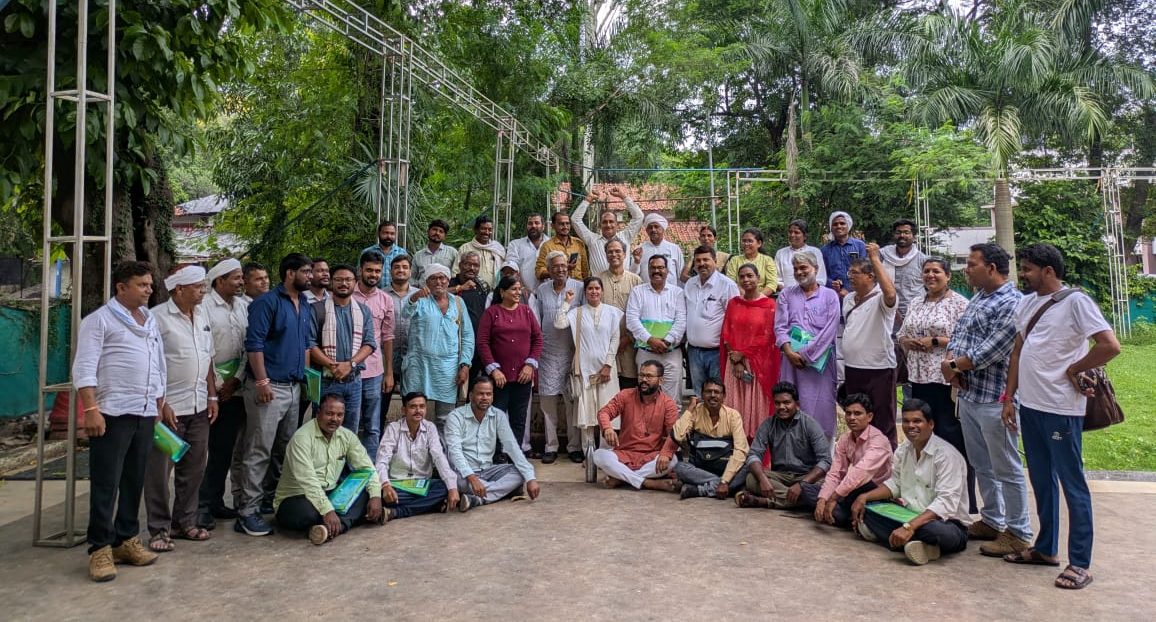 Community Forest Resource Rights Claim-making Workshop in Jabalpur, MPRead more
Community Forest Resource Rights Claim-making Workshop in Jabalpur, MPRead more -
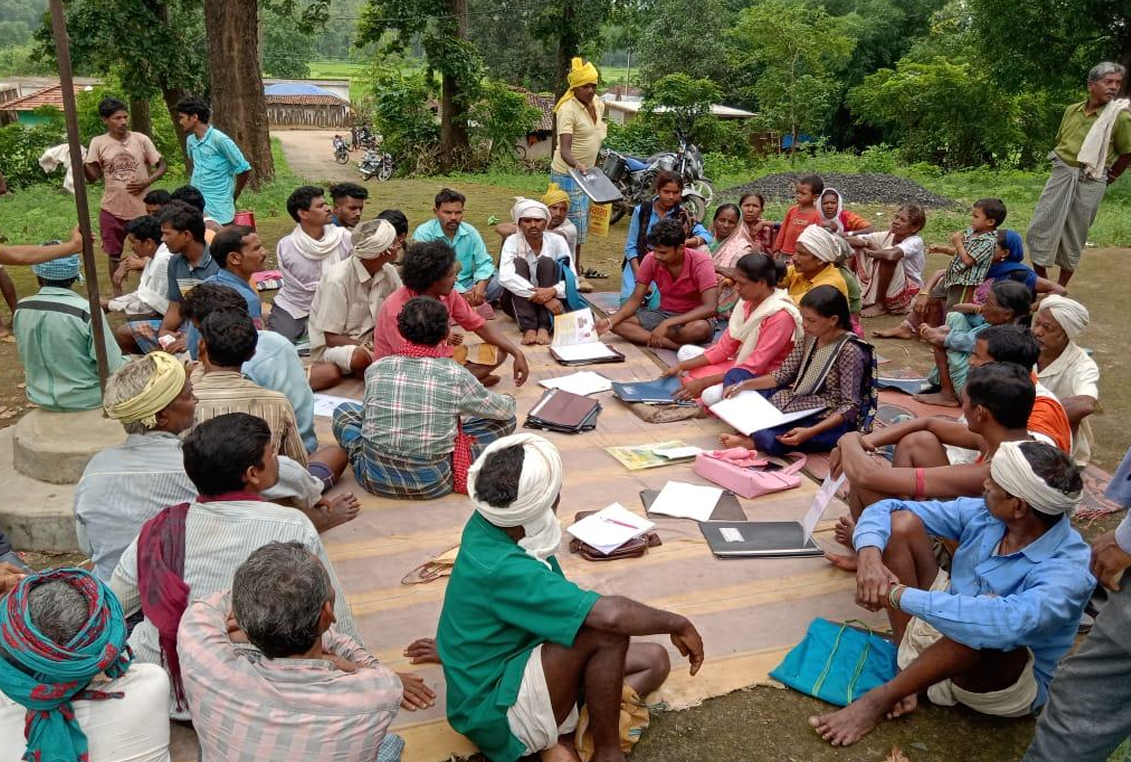 Project: CFR claim-making in Baiga ChakRead more
Project: CFR claim-making in Baiga ChakRead more -
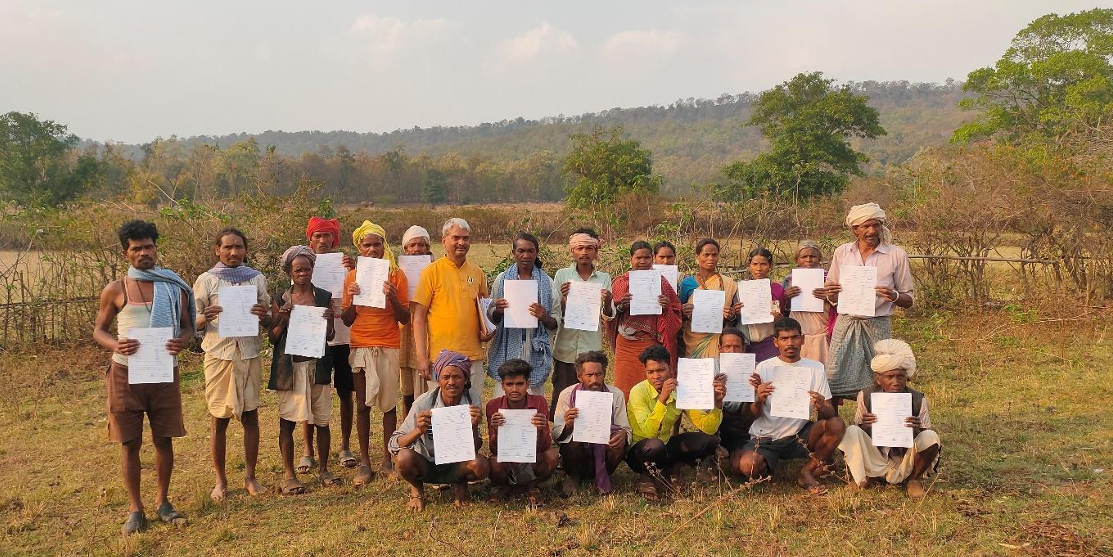 Project: Securing IFR for the forest villages of Madhya Pradesh using geospatial technologyRead more
Project: Securing IFR for the forest villages of Madhya Pradesh using geospatial technologyRead more -
 Video: Building capacities for recognising CFR rights in BastarRead more
Video: Building capacities for recognising CFR rights in BastarRead more -
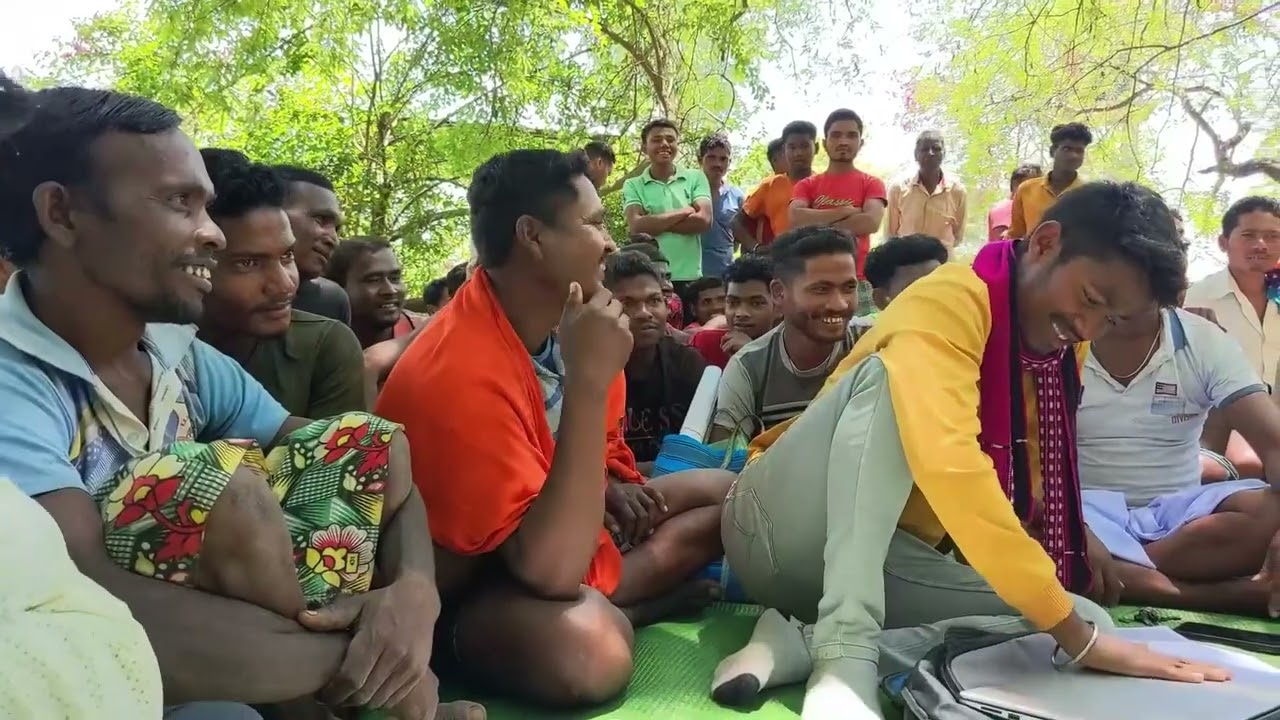 Video: CFR Rights in Bastar District, Chhattisgarh (Hindi)Read more
Video: CFR Rights in Bastar District, Chhattisgarh (Hindi)Read more -
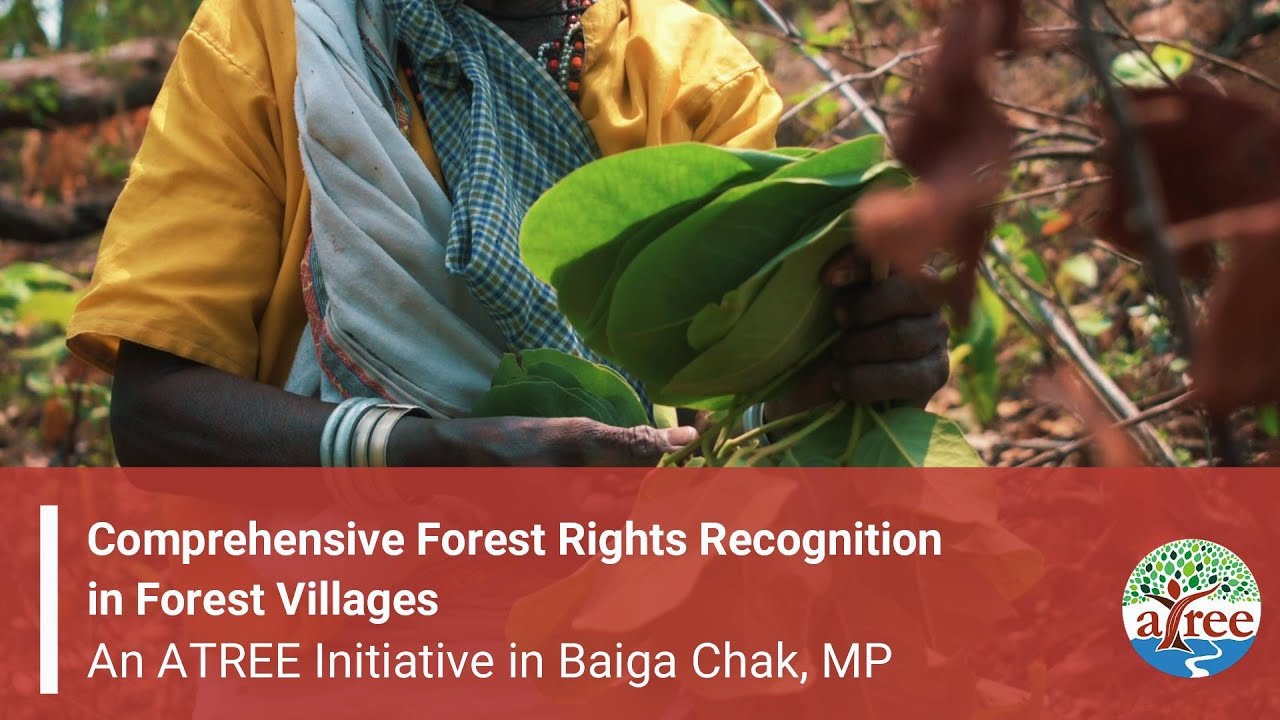 Video: Comprehensive Forest Rights Recognition in Forest VillagesRead more
Video: Comprehensive Forest Rights Recognition in Forest VillagesRead more -
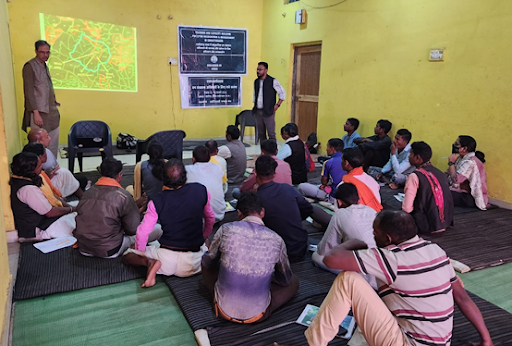 CFR Claim-Making Workshop in Pandariya, Kabirdham District (CG)Read more
CFR Claim-Making Workshop in Pandariya, Kabirdham District (CG)Read more -
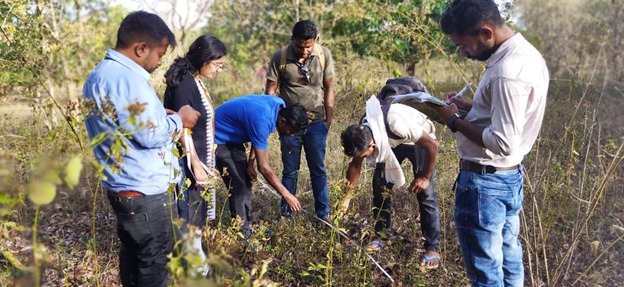 Training and Support for Community Forest Rights in Bastar, ChhattisgarhRead more
Training and Support for Community Forest Rights in Bastar, ChhattisgarhRead more